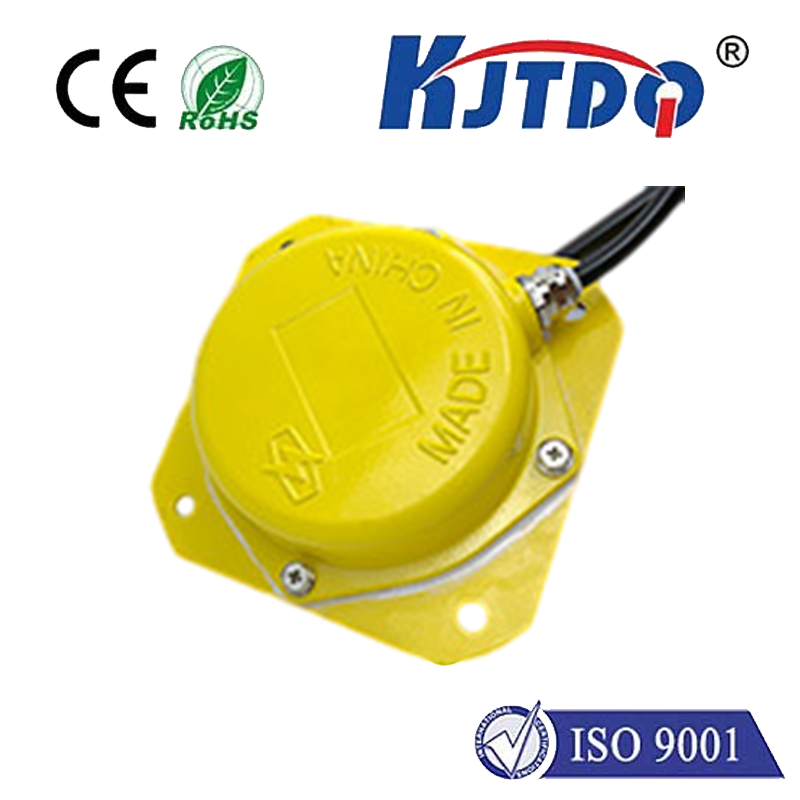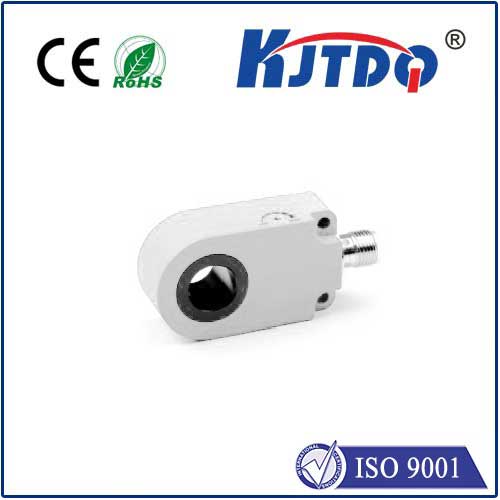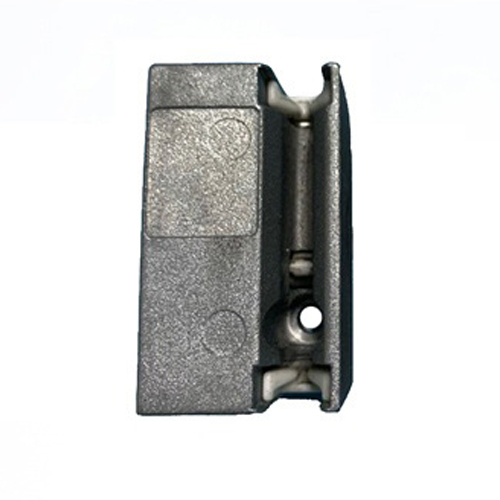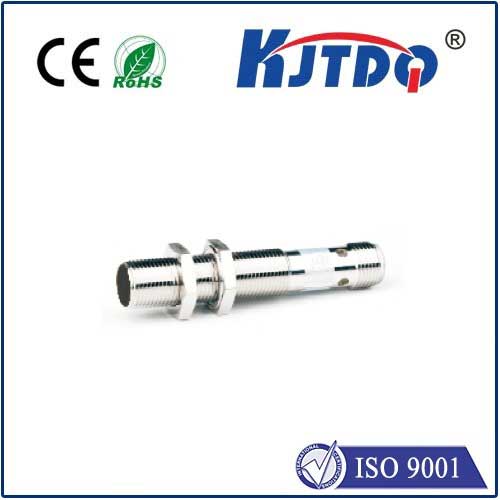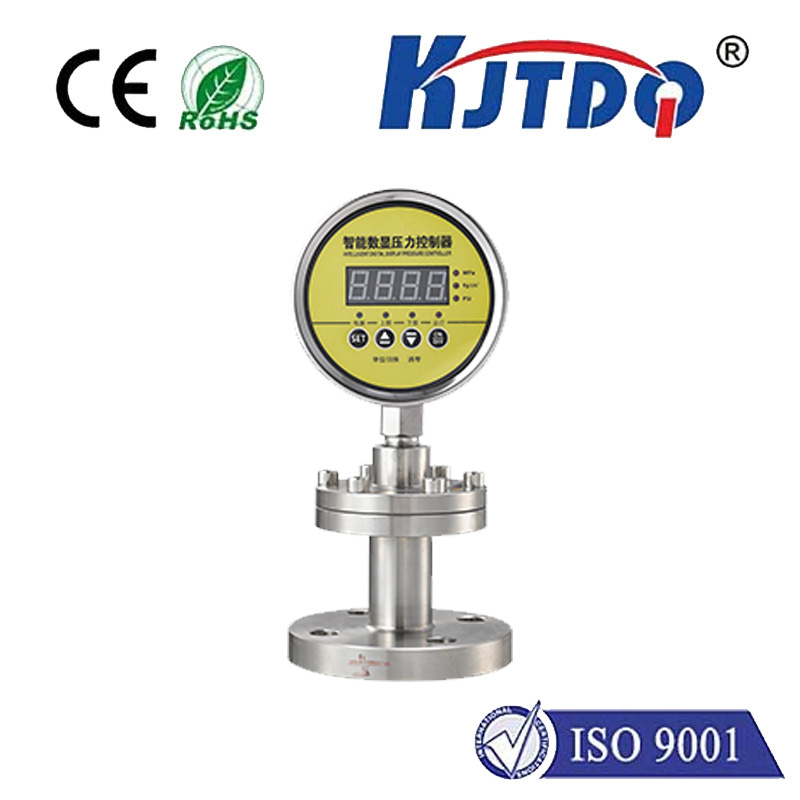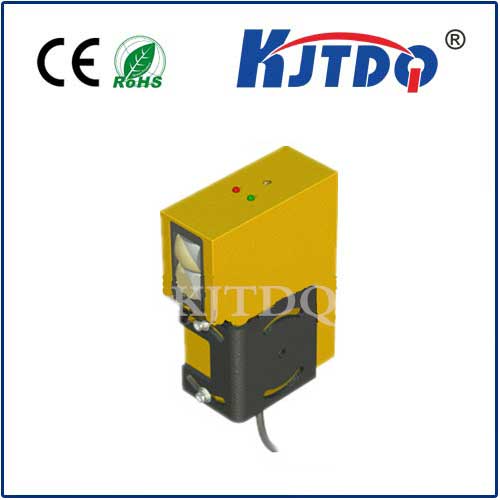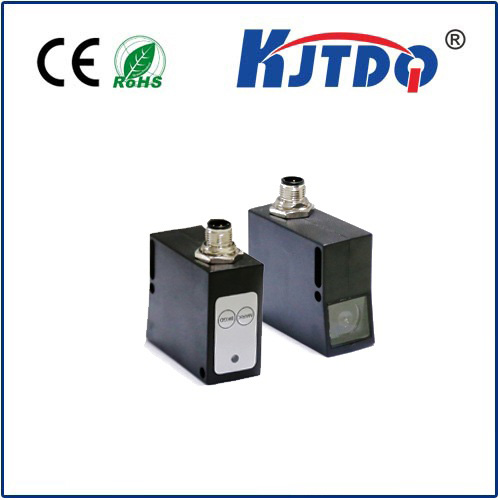

check

check

check

check
Imagine stepping into an elevator, your arms full of packages. As the doors begin to close, a sudden reversal occurs, preventing them from squeezing you or your belongings. This seemingly simple act is often the silent work of a critical safety component: the elevator light curtain sensor. Far from just a convenience, this technology is a fundamental guardian, ensuring safe entry and exit for every passenger journey. Understanding how these sensors function reveals their indispensable role in modern vertical transportation.
An elevator light curtain sensor (also commonly referred to as a door safety edge or protection light barrier) is a sophisticated photoelectric safety device specifically designed to detect obstructions within an elevator doorway. It operates on a principle similar to an invisible fence composed entirely of light. Installed vertically along each side of the elevator car door opening (typically on the header and sill), the system consists of:
The magic lies in the constant communication between these units. When all light beams reach their corresponding receivers uninterrupted, the system sends a “clear” signal to the elevator’s control system, indicating it’s safe for the doors to close completely or remain closed. However, the moment any object – be it a person’s hand, arm, foot, luggage, a pet leash, or even a walking cane – breaks one or more of these light beams, the receiver detects the disruption. This immediately triggers a critical safety response.
The Core Function: Preventing Entrapment and Injury
The primary and most vital function of the elevator light curtain sensor is the prevention of entrapment and impact injuries. Upon beam interruption, the sensor sends an urgent “obstruction detected” signal to the elevator controller. The controller then executes a pre-programmed safety sequence:

This rapid detection and response cycle happens within milliseconds, offering real-time protection that physical door edges alone cannot match. While traditional mechanical safety edges (physical rubber bumpers) are still often used in conjunction with light curtains as a redundant safety layer, the light curtain offers significantly greater sensitivity and wider coverage. It can detect very small objects or obstructions near the top or bottom of the doorway that a mechanical edge might miss.
Beyond Basic Safety: Key Operational Advantages
The benefits of modern elevator light curtain sensors extend beyond fundamental safety:
The Sophistication Behind the Beam
Not all light curtains are created equal. Modern systems incorporate sophisticated features to enhance their effectiveness and reliability:
Integration: The Safety System’s Nervous System
The elevator light curtain sensor is not an isolated component; it’s a critical node within the elevator’s broader safety circuit. Its signals are integrated with those from the mechanical safety edges, door position sensors, and the car and landing door locks. Only when all these safety elements confirm a clear and secure pathway will the elevator controller permit the doors to close fully and authorize the car to move. This layered approach creates a robust safety net.
Conclusion: An Essential Lifeline
The elevator light curtain sensor is far more than a technical detail or regulatory requirement; it represents a fundamental commitment to passenger safety. Operating silently and invisibly, this photoelectric barrier stands as the first and most responsive line of defense against one of the most common potential hazards associated with elevators: the closing doorway. Its ability to instantly detect obstructions and command immediate door reversal and movement prevention makes it an indispensable guardian, ensuring that every entry and exit is conducted safely and smoothly. From preventing minor pinches to averting catastrophic entrapments, the light curtain sensor is a vital technology underpinning the safe and reliable operation of elevators worldwide. Understanding its role highlights the intricate safety engineering woven into the fabric of our everyday vertical mobility.
